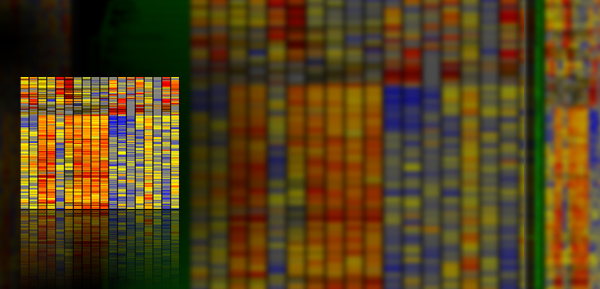Comparative Genomics Projects
Bellow you may find links to our current projects. Please click on the project's name to visit the corresponding project's home page.


The word project comes from the Latin word projectum from projicere, "to throw
something forwards" which in turn comes from pro-, which denotes something that precedes the action of
the next part of the word in time. The word "project" thus actually originally meant "something that
comes before anything else is done". When the word was initially adopted, it referred to a plan of something,
not to the act of actually carrying this plan out. Something performed in accordance with a project was
called an object. This use of "project" changed in the 1950s when several techniques for project
management were introduced. With this advent the word slightly changed meaning to cover both projects and objects.
[ wikipedia ]
Bellow you may find links to our current projects. Please click on the project's name to visit the corresponding project's home page.
|
• Pseudomonas aeruginosa The word Pseudomonas means 'false unit', from the Greek pseudo (Greek: 'false') and monas (Latin: monas, fr. Greek: 'a single unit'). The word was used early in the history of microbiology to refer to germs. Aeruginosa is the Latin word for verdigris or 'copper rust'. This describes the blue-green bacterial pigment seen in laboratory cultures of P. aeruginosa. |
• Burkholderia species The Burkholderia (previously part of Pseudomonas) genus name refers to a group of virtually ubiquitous gram-negative, motile, obligately aerobic rod-shaped bacteria including both animal/human and plant pathogens as well as some environmentally-important species. |
|
• Vibrio species Vibrio is a genus of Gram-negative bacteria possessing a curved rod shape. Typically found in saltwater, Vibrio are facultative anaerobes that test positive for oxidase and do not form spores. All members of the genus are motile and monotrichous (having a single polar flagellum). Several species of Vibrio include clinically important human pathogens. |
|

Content from Wikipedia is available via the GFDL license.